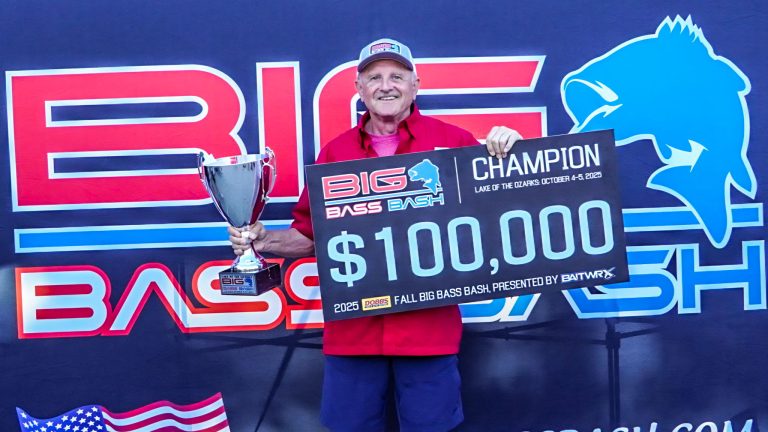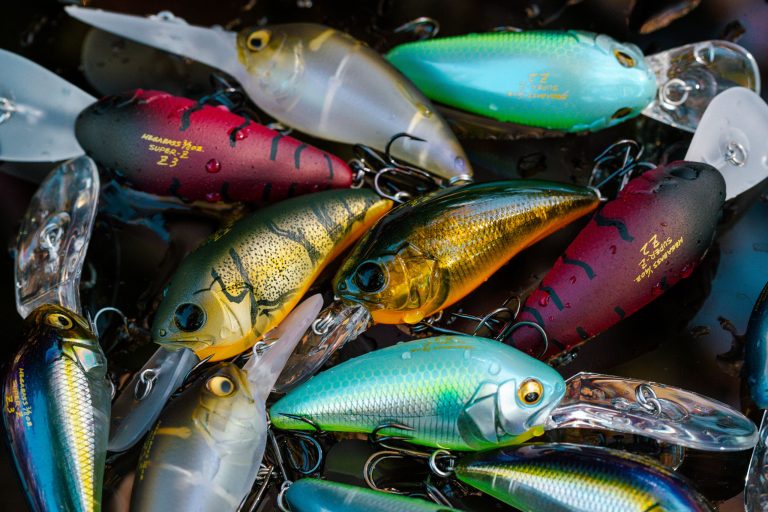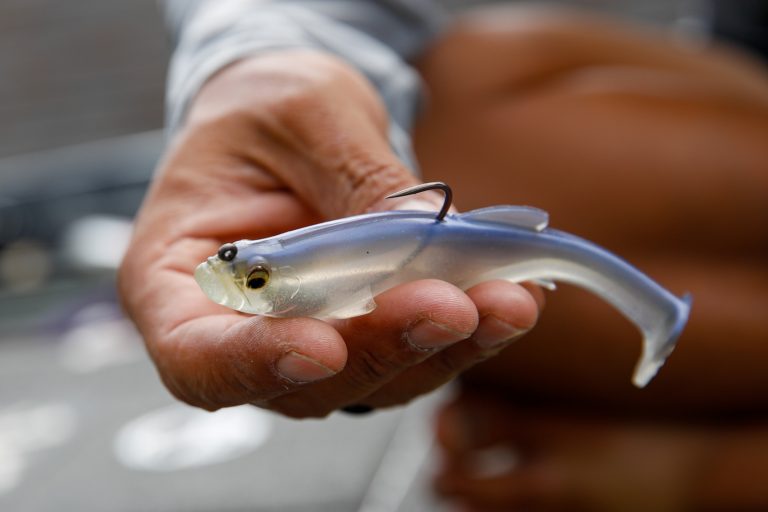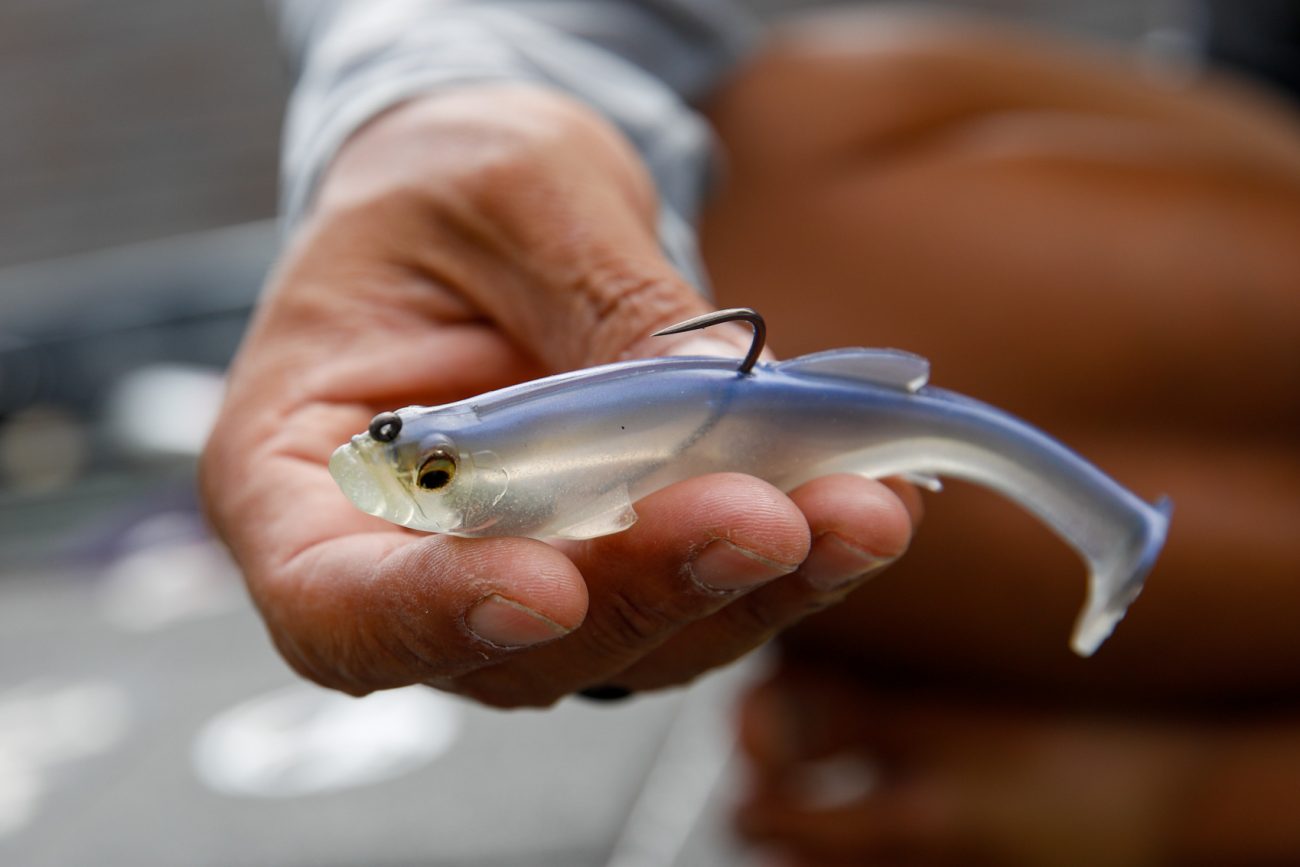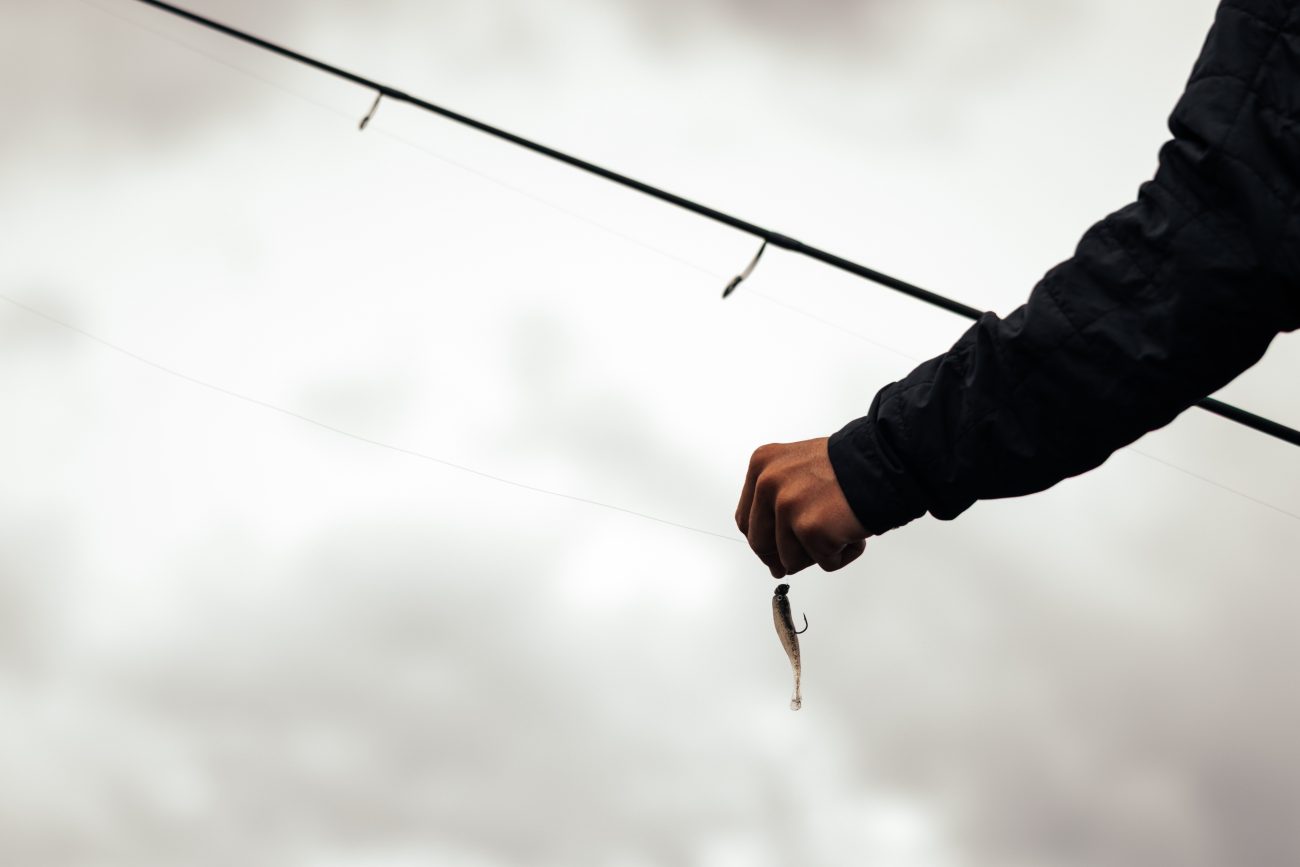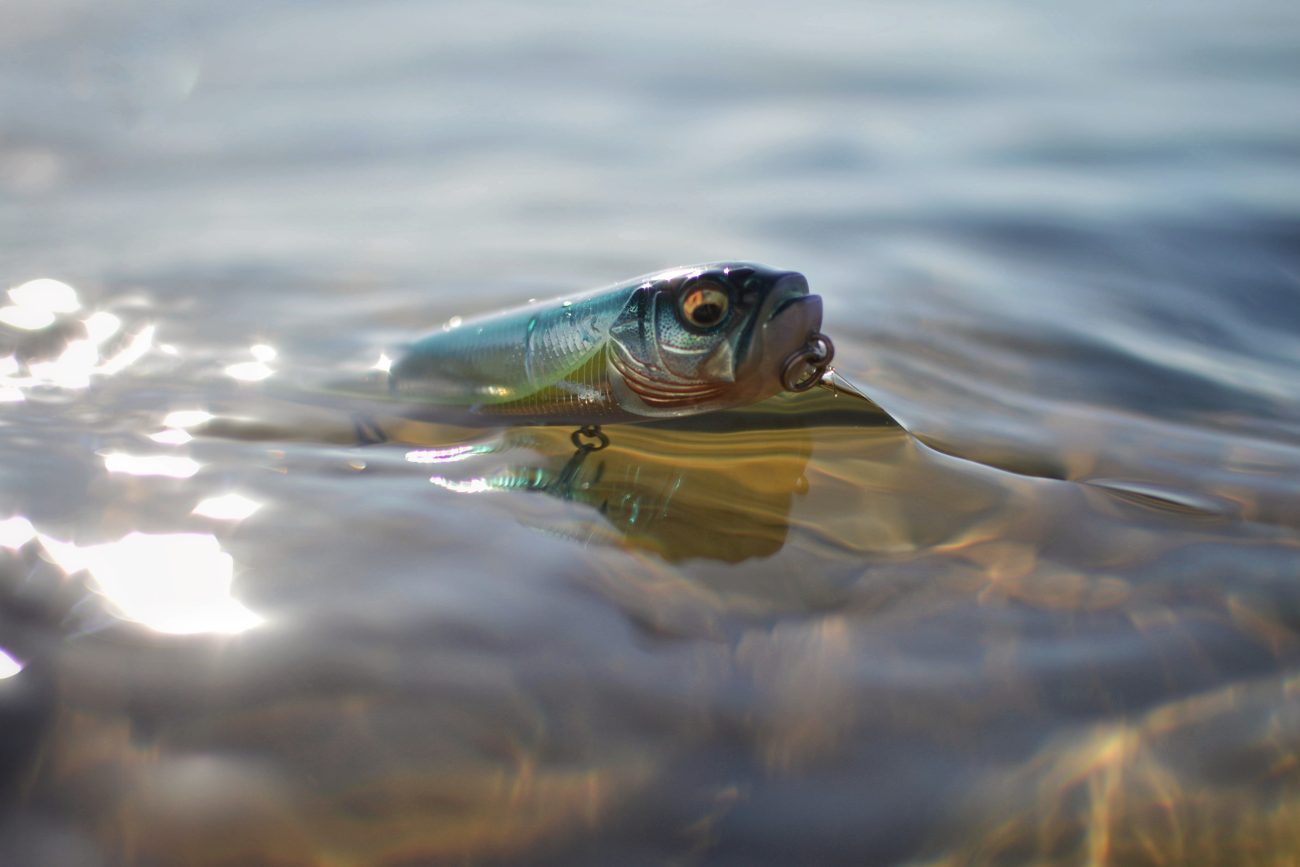When it comes to bass fishing, there’s no single moment that divides pre-spawn, spawn, and post-spawn—it’s all a gradual transition. These periods overlap, making the timing of the bite anything but exact. But if there’s one thing experienced anglers can count on, it’s that the weeks right after the main spawn offer some of the most exciting action of the year, and nothing delivers like topwater bass fishing lures.
Whether you fish big southern reservoirs or small northern natural lakes, there’s always some post-spawn topwater opportunity waiting. From walking baits to poppers and wake baits, knowing when and how to fish each one can help you tap into that legendary surface bite—sometimes all day long.
How Seasonal Shifts Influence Topwater Bass Fishing Lures
Seasonal transitions in bass fishing are rarely cut and dry. Local weather, lake type, water clarity, and geography all play a role in how quickly fish move from spawning flats to summer patterns. That’s why topwater action can be found almost anywhere post-spawn. Even if you’re not exactly sure where the bass are in the cycle, there’s a good chance a topwater lure will get their attention, especially once the bulk of the spawn wraps up.
What really matters is reading the conditions—knowing when to stick with topwater, and which lures give you the best shot at consistent, quality bites.
The Three Best Types of Topwater Bass Fishing Lures for Post-Spawn
Not all topwater lures are created equal for this phase. The three categories that consistently deliver after the spawn are walking baits, poppers or chuggers, and wake baits. Each brings something unique to the table, and choosing the right one can make all the difference when you’re chasing post-spawn bass.
Walking Baits
Walking baits like the Megabass Diamante and the smaller Giant Dog-X are staples for covering water and triggering big strikes. Their side-to-side action draws fish up from both shallow flats and deeper, clear water. These lures are effective because you can work them quickly across large areas, making them perfect for searching out scattered post-spawn fish.
Cadence is everything when it comes to walkers. The clearer and shallower the water, the faster you typically want to move the bait. Sometimes a steady walk is what the fish want; other times, adding a stop or two will draw more bites. A favorite trick is to make a long cast, burn the bait across the surface for about 20 feet, then “kill” it—letting it sit motionless before resuming a steady walk. That sudden stop after all that commotion is often too much for curious bass to ignore.
Poppers and Chuggers
If you’re fishing lakes with a bit of water color, or around shallow cover like grass and riprap, poppers such as the Megabass PopMax come into play. These lures excel when fish are guarding fry, or when big shad spawns are happening early in the morning along shallow edges.
Popper cadence usually requires less experimentation than walking baits, but it’s still important to pay attention to water clarity. In clear water, a faster, skittering retrieve often gets the nod, while stained water calls for a slower “blurp and pause” approach. One advantage of poppers is that you can keep them in one spot for a long time, tempting bass that are holding tight to cover. Pitching or flipping a popper into small openings around docks, bushes, or heavy grass can produce vicious strikes—especially from post-spawn bass looking to protect their fry.
Wake Baits
Wake baits, like the Megabass i-jack, are some of the most underutilized topwater bass fishing lures, but they shine right after the spawn—especially in clear water. Post-spawn bass will often suspend off points, recovering from the rigors of spawning. Casting a wake bait along these areas can bring fish up from deep, coaxing them into explosive surface strikes.
Wake baits need clear water to really do their thing. Work them steadily along points and over submerged cover where you expect bass to be suspending. The slow, rolling action is a perfect match for those lazy post-spawn fish just looking for an easy meal.
Timing and Conditions: Maximizing Topwater Success
Ask most anglers about topwater bass fishing lures, and they’ll tell you early and late in the day are best, especially when the water’s calm or there’s a light ripple from a 5-10 mph wind. That’s all true—but what often gets missed is how productive topwater can be even through the middle of the day, especially in the post-spawn.
On bright, sunny days, you might get fewer bites, but the ones you do get are usually from bigger, bolder bass. And don’t write off topwater just because it’s windy—sometimes a bit of chop helps disguise your presentation and encourages strikes from cautious fish. The biggest key is to stay with it and not get discouraged if the action slows down during peak sun.
Walking Baits: Cover Water and Draw Big Strikes
Walking baits are the “search tools” of the topwater world. The Megabass Diamante and Giant Dog-X let you cover expansive flats, long points, or weed edges quickly and effectively. Their appeal is in the versatility of retrieve—you can work them fast to call up aggressive fish, or slow down and add pauses when bass are acting finicky.
Long casts are your friend, especially in clear water. Reel quickly to get the lure skipping and splashing, then kill it and start a rhythmic walk-the-dog action. This approach often brings bass charging in from a distance, particularly when they’re loosely grouped after the spawn.
Poppers and Chuggers: Pinpoint Precision in Shallow Cover
There’s no denying the power of a popper like the Megabass PopMax when bass are shallow and holding close to cover. These lures come into their own during early morning shad spawns on riprap or grass lines, and when bass are guarding fry around bushes and docks.
Cadence is still key. In clear conditions, try a quick pop-pop-pop to imitate fleeing baitfish. If the water’s stained or the bite seems off, slow it down—work the bait with a pop and long pause, letting the ripples fade before moving it again. And don’t overlook pitching a popper into tight spots—a tactic that can draw out the most stubborn fish in the area.
Wake Baits: Secret Weapons for Clear Water Suspended Bass
Right after the spawn, clear water lakes see a lot of bass suspending off points, not fully locked into a summer pattern yet. Wake baits like the Megabass I-jack are designed for this scenario. Cast them over points and alongside drop-offs where you think bass might be lingering. The subtle, rolling wake can pull fish up from below, offering a different look than the usual walking or popping bait.
This technique isn’t about speed—just a slow, steady retrieve keeps the bait on top, creating a tantalizing wake that suspended post-spawn bass find hard to resist.
Tackle and Setup for Topwater Bass Fishing Lures
To get the most out of your topwater bass fishing lures, matching your tackle is crucial. Medium action rods like the Megabass Orochi Flat Side Special or Destroyer oneten offer the perfect blend of casting distance and lure control. They’re long enough for bomb casts but short enough to make working your lure easy, especially for those sharp, snappy twitches needed for walking baits and poppers.
Line choice is just as important. Stick with monofilament in the 12-15 pound range—mono floats, helping your topwaters ride high and work as designed. Heavier line can kill your lure’s action, while lighter line can be risky around heavy cover. This combination is tried and true for post-spawn topwater success.
Conclusion
There’s no better feeling in fishing than seeing a bass explode on a well-placed topwater lure, and the early post-spawn period is one of the best times to make it happen. By understanding how seasonal transitions influence the bite, picking the right topwater bass fishing lures, and fine-tuning your cadence and tackle, you’ll stack the odds in your favor for quality fish all season long. So keep that topwater rod handy—experiment with walkers, poppers, and wake baits—and enjoy the best show in bass fishing.

